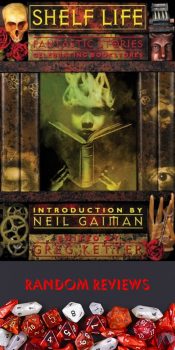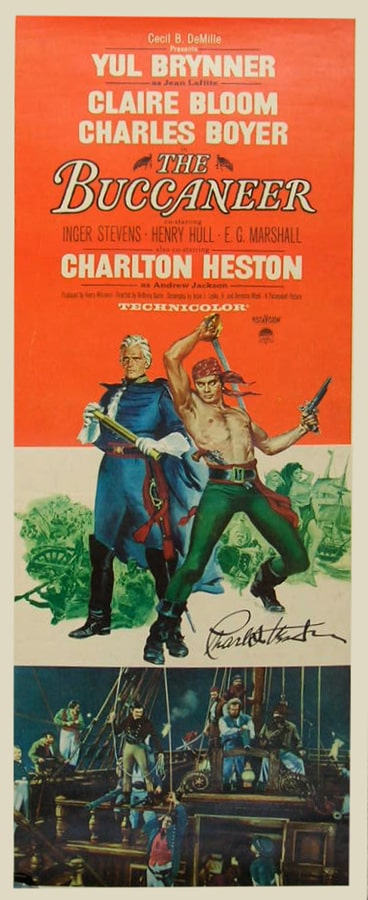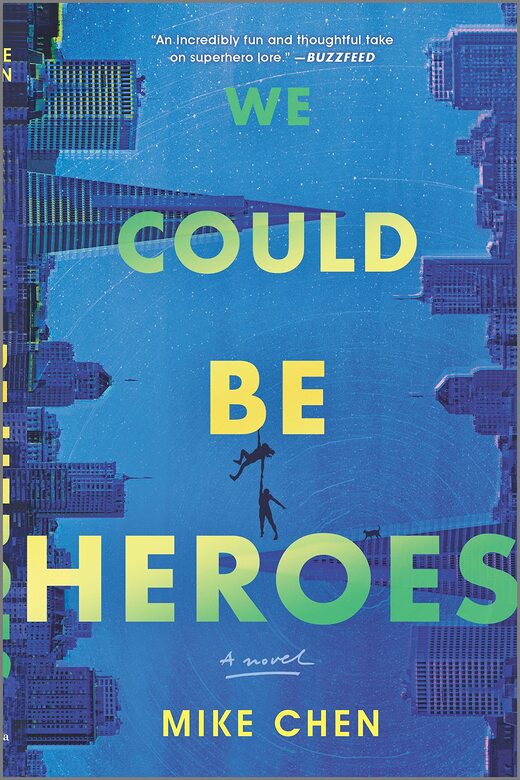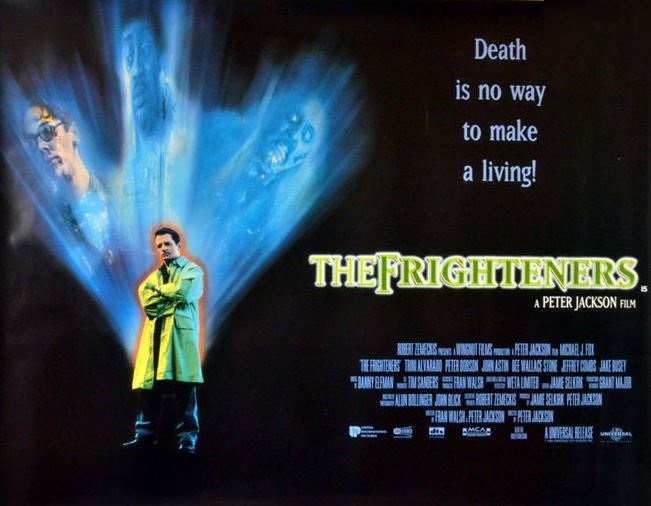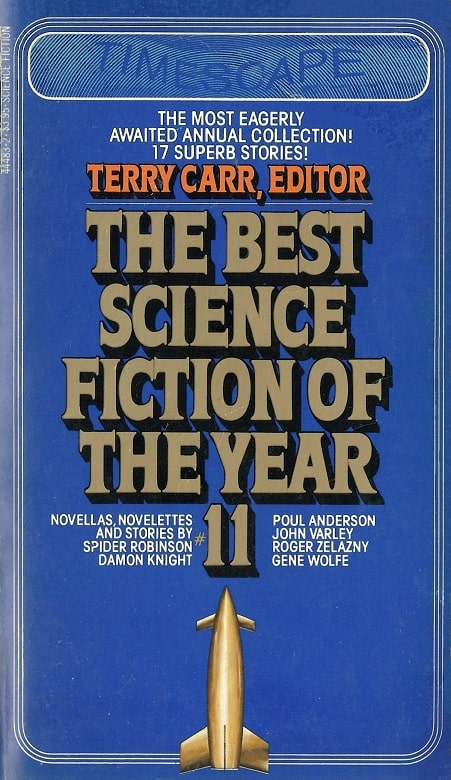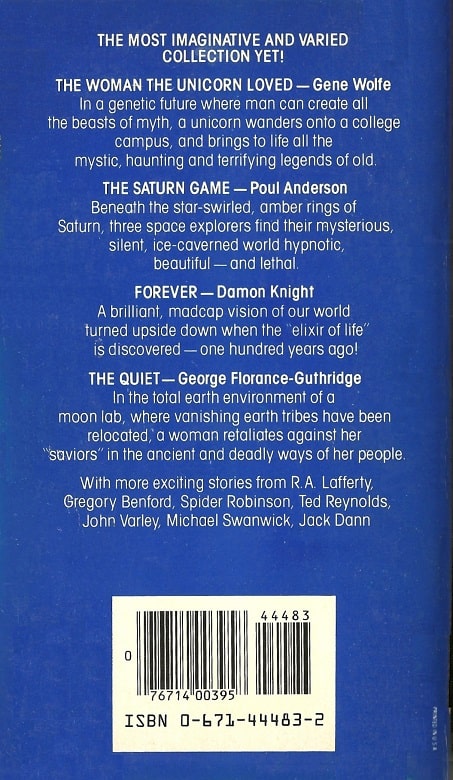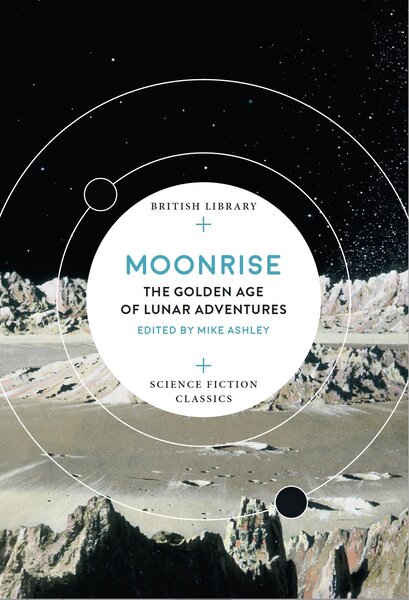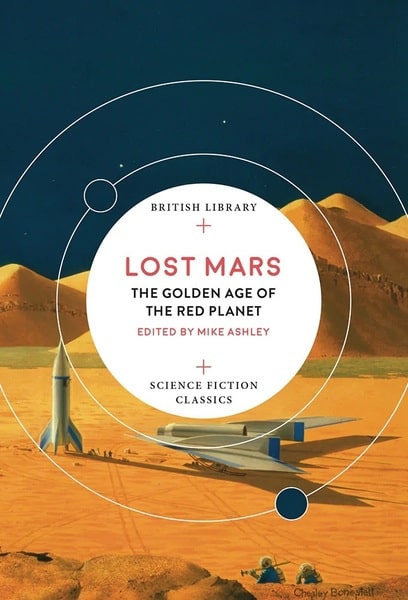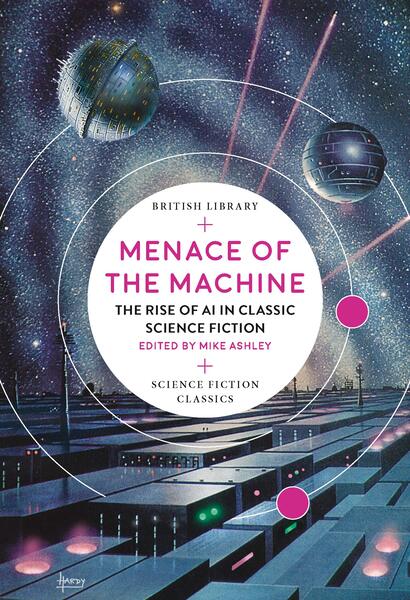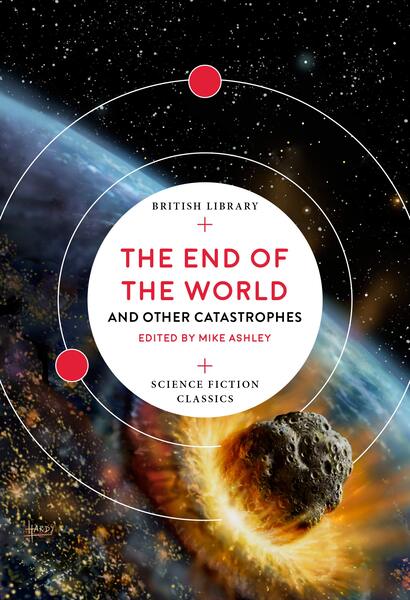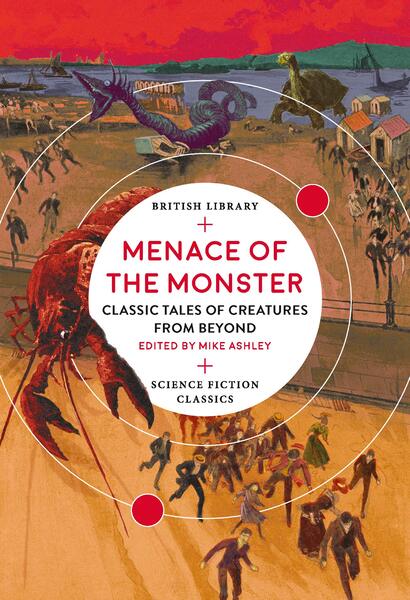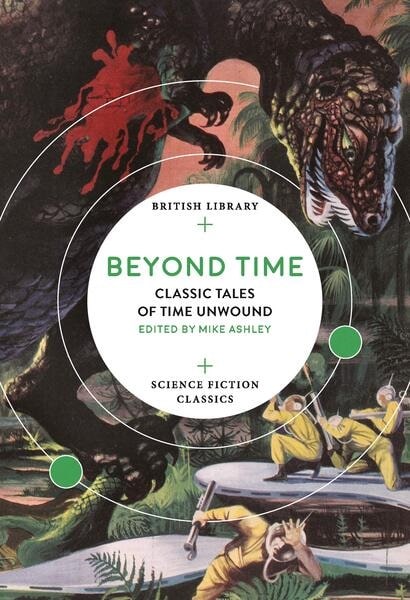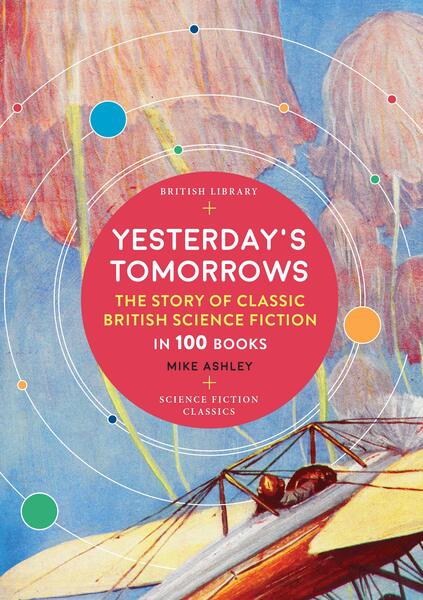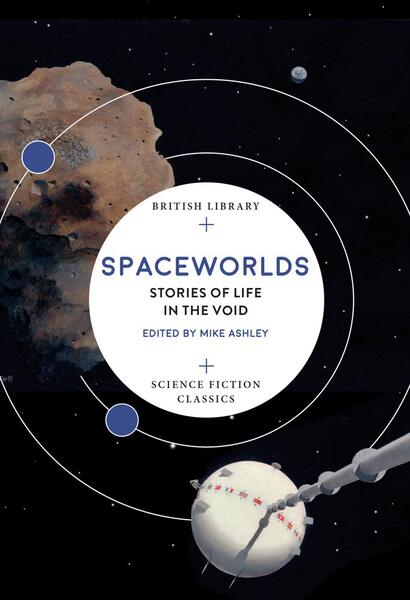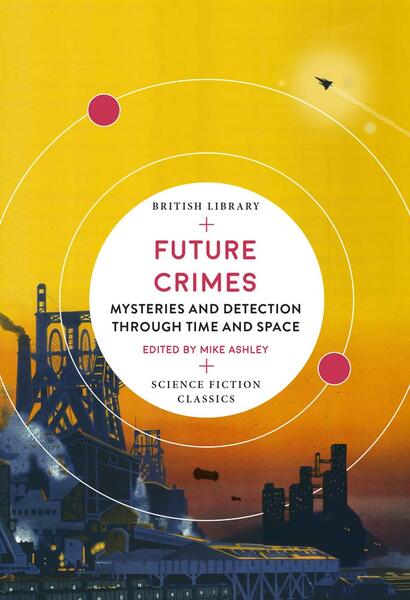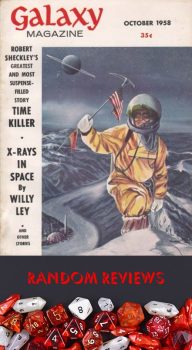Goth Chick News: Mrs. Torrance Goes Back in Front of the Camera
Shelley Duvall, 1970
By now it’s no secret that filming The Shining took a serious toll on Shelley Duvall. Calling this my number one favorite horror movie while acknowledging this fact takes some of the joy out of watching what is an incredible performance on Duvall’s part. Her vulnerability and frailness alongside her emotional bully of a husband, played by Jack Nicolson, is a big part of what Stephen King hated about director Stanley Kubrick’s interpretation of King’s work. If you’ve ever read the novel The Shining, then you know Duvall’s character Wendy as a much different person. But it is the performance Kubrick wrenched out of Duvall that really makes the film. She personifies the horrors happening around her, which are etched on her face in nearly every scene.
And before you say that perhaps Duvall was already mentally fragile when she went to work on the film, and Kubrick’s isolating, task-master tactics was him just being a brilliant director, I invite you to watch the documentary filmed by Kubrick’s daughter. Vivian Kubrick was 17 when she filmed and directed The Making of the Shining for the BBC, alongside the actual filming of the movie. The short film eventually appeared on DVD editions of The Shining. But it wasn’t until 30 years after its making, and a lot more enlightenment about mental health issues, that the documentary generated articles and conversation about the mistreatment of Duvall by Kubrick which was evident throughout.
I found The Making of the Shining in its entirety on YouTube if you want to see for yourself…

